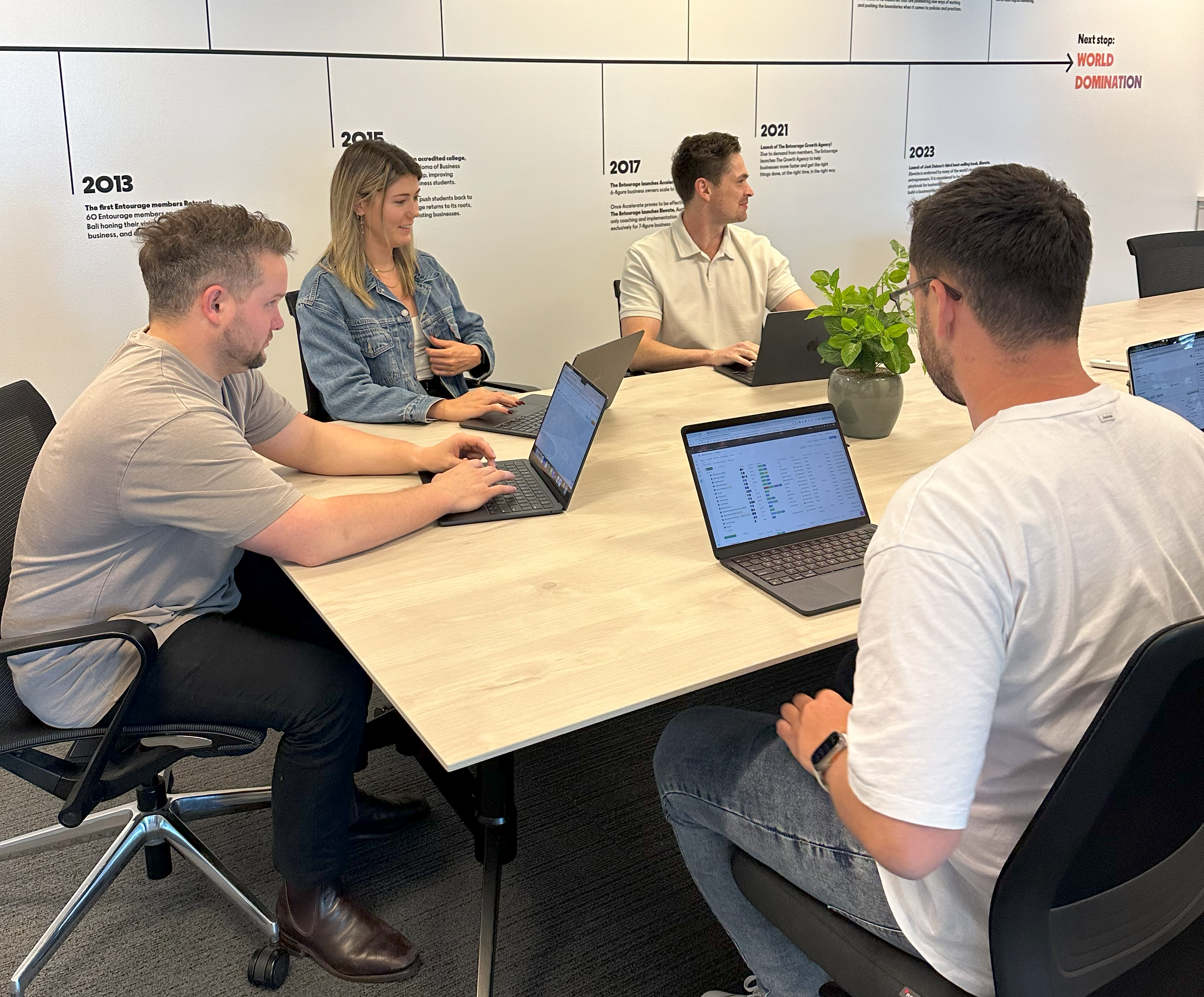Trust can make or break a digital experience. Customers notice the small details, like a smooth login, clear privacy settings, and reassuring payment indicators. And they decide quickly whether a product feels safe.
For product and CX teams, security is not just a technical requirement but a central part of how users perceive and engage with a brand. When safety is thoughtfully integrated into the experience and communicated clearly, users feel confident, engaged, and loyal.
This guide offers practical insights for turning digital security into a driver of trust, satisfaction, and long-term growth.
Why digital trust is your new growth metric
Customer trust has become a measurable business driver. In digital environments, users make rapid judgments about whether a brand feels safe. That decision influences sign-ups, purchases, and long-term loyalty.
Teams that prioritize trust see the difference in their numbers: higher conversions, lower churn, and stronger lifetime value. Research from Deloitte shows that companies with high trust scores outperform their peers in market value by a significant margin.
Security and transparency are now part of the product experience. They shape how people interact with your brand every day.
What really makes customers feel safe online?
Most people don’t understand the details of encryption or authentication, but they know when a website feels trustworthy. Small cues make a big impact, such as:
- The lock icon in the browser
- Clear and consistent permission requests
- Verification badges or secure payment indicators
Brands that improve these areas tend to see lasting results. Companies like Zoom and LinkedIn rebuilt customer confidence after breaches by being transparent and visibly improving their systems. Trust can be recovered when users see genuine accountability and progress.
Compliance that builds confidence (not confusion)
Regulations such as GDPR and CCPA have pushed companies to rethink how they collect and protect user data. When done right, compliance can do more than meet requirements — it can build confidence.
Customers appreciate knowing what information is being collected, how it’s used, and how to opt out. When privacy policies are written in plain language and settings are easy to manage, users feel respected and in control.
Teams that go beyond the basics and prepare for emerging standards like the AI Act show they’re not just reacting to law, but leading with responsibility.
Turning security into part of the experience, not a barrier
Security should be felt, not forced. The most effective digital experiences integrate safety into the flow so that it feels natural and reassuring rather than restrictive.
This starts with thoughtful design: clear permission requests, intuitive authentication steps, and consistent cues that communicate reliability. Even something as simple as explaining why data is needed can make a user more comfortable.
When safety feels seamless, trust becomes an integral part of the product’s identity, rather than a technical feature that users have to consider.
How to protect transactions without killing convenience
Customers expect checkout to be fast and simple, but they also need to feel confident that their money and data are safe. The challenge for teams is to provide both security and convenience at the same time.
Modern anti-money laundering (AML) and fraud prevention tools make this possible. Platforms like SEON monitor transactions and user behavior in real time, spotting unusual activity and verifying identities without adding friction to the customer journey. This proactive approach not only prevents fraud but also reassures users that the business takes their safety seriously.
We’ve seen how powerful this can be. Companies that integrate intelligent AML monitoring reduce failed transactions, cut chargebacks, and maintain a smooth experience that keeps customers coming back. In practice, that means users can complete purchases confidently, while teams have visibility into risks that matter.
If you’re looking to strengthen your payment security and protect both your business and your customers, check out these tools for trusted AML monitoring and seamless fraud prevention.
Smarter authentication without friction
No one enjoys jumping through hoops just to log in. The challenge is clear: how do you make authentication strong enough to protect users, but smooth enough to keep them moving?
Modern systems solve this with adaptive security. Protection that adjusts to context rather than applying blanket rules. For example:
- Passwordless logins use trusted devices or one-time links instead of remembering complex strings.
- Biometric checks like fingerprints or facial ID turn identity verification into a single, natural step.
- Adaptive MFA adds layers of protection only when needed, such as when someone signs in from a new device or country.
When authentication feels smart rather than suspicious or repetitive, it signals that your brand values both security and the user’s time.
Data privacy that actually earns trust
Customers want to know that their information is collected responsibly, used thoughtfully, and protected rigorously. Transparent and ethical data practices build confidence and show that your brand values its users beyond transactions.
To earn trust through privacy, consider these best practices:
- Collect only what you need: Limit data collection to essential information. Avoid requesting unnecessary details that could make users question why the data is needed. Each piece of data collected should have a clear purpose that benefits both the business and the customer.
- Be transparent about usage: Clearly explain how data is used, stored, and shared. Avoid legal jargon. Instead, use plain language so users understand the value exchange and feel informed about their choices.
- Give users control: Provide easy-to-use privacy settings that allow users to adjust preferences, opt out of tracking, or delete their data. Empowering users to manage their own information creates confidence and reduces anxiety.
- Implement privacy-by-design: Embed privacy considerations into every step of product development. This includes secure defaults, anonymization where possible, and proactive protection against misuse or leaks.
- Communicate your safeguards: Let users know how their data is protected in real time. For example, confirm when personal information has been encrypted, anonymized, or securely deleted. Showing proof of security builds tangible trust.
Designing trust into every interaction
Every interaction with your product is an opportunity to build confidence. Trust isn’t only created by strong security behind the scenes; it is also communicated through design and user experience.
Simple details can have a big impact on how safe people feel. Clear microcopy that explains what’s happening, friendly verification steps, and error messages that guide rather than confuse all help users feel in control.
Consistency is equally important. Visual cues such as recognizable icons, clear color coding, and predictable interaction patterns signal legitimacy and reduce uncertainty. Users quickly learn to associate these cues with safety, which strengthens trust over time.
Accessibility and inclusivity are essential parts of this equation. Security features should work for everyone, including people using assistive technologies. Ensuring that all users can navigate verification flows, manage privacy settings, and understand system feedback without friction demonstrates that safety is for everyone.
Communicating security without the scare factor
When it comes to security updates or incidents, the way you communicate matters as much as the actions you take. Overly technical or alarmist messages can make users uneasy.
A calm, factual tone works best. Explain what happened, what’s being done, and how customers are protected going forward. When issues are handled with transparency and speed, users tend to respond with understanding rather than frustration.
Handled well, even difficult moments can strengthen trust rather than weaken it.
Future-proofing customer confidence
We’re entering a new stage of digital security. AI, blockchain, and smarter monitoring tools are changing what it means to feel safe online. These technologies no longer just react to problems. They learn, predict, and prevent them before they happen.
At the same time, people want to understand how those systems work. It’s no longer enough to say “your data is protected.” Customers want to see the reasoning, the process, and the proof.
When teams design systems that can explain their decisions, they make confidence part of the experience. The more open and flexible your framework is today, the more ready you’ll be for whatever “secure” looks like tomorrow.
Keeping trust measurable, visible, and adaptable
At Qwary, we see trust the same way we see growth or engagement. It’s something you can measure, learn from, and strengthen over time. You can’t improve what you don’t understand, and that’s especially true for something as emotional as customer confidence.
That’s why we at Qwary focus on helping teams listen continuously. When you gather real feedback, test how people respond to your privacy messaging, and track shifts in sentiment, the picture becomes clearer. You start to see what makes customers feel safe and what causes hesitation. Those insights are what help great teams improve.
Trust isn’t a one-time achievement. It changes with every product update, privacy choice, or communication. The teams that check in often and act on what they learn are the ones who stay ahead. We’ve seen it first-hand: when brands make trust visible and measurable, customers respond with loyalty and confidence.
Trust is the real conversion engine
Trust is what turns digital interactions into lasting relationships. When customers feel safe with how their data and payments are handled, they engage more openly and make decisions with confidence. That sense of security directly influences conversions, loyalty, and long-term value.
Teams that treat digital trust as part of the experience consistently see better outcomes. Clear communication, thoughtful design, and reliable protection give customers reasons to return and recommend.
Security, when built into every layer of the experience, creates the confidence that drives growth. The more users feel protected and respected, the more they invest in the relationship. Trust, in the end, is what keeps businesses growing in a world where confidence is everything.
Related Categories
Ryan Terrey
As Director of Marketing at The Entourage, Ryan Terrey is primarily focused on driving growth for companies through lead generation strategies. With a strong background in SEO/SEM, PPC and CRO from working in Sympli and InfoTrack, Ryan not only helps The Entourage brand grow and reach our target audience through campaigns that are creative, insightful and analytically driven, but also that of our 6, 7 and 8 figure members' audiences too.





